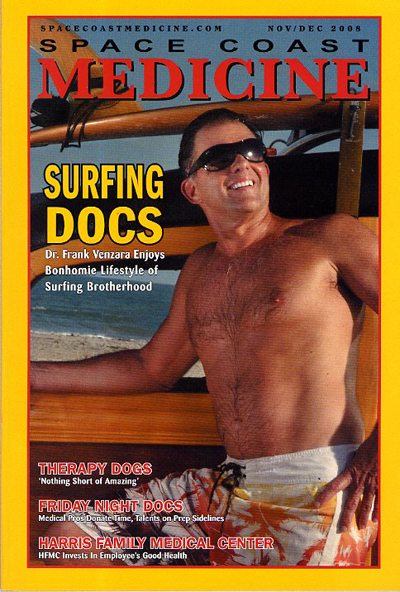



November/December 2008
A DENTAL IMPLANT is an artificial tooth root replacement and is used in prosthetic dentistry to support restorations that resemble a tooth or group of teeth. The most widely accepted and successful implant today is the osseointegrated implant, based on the discovery by Swedish Professor Per-Ingvar Brånemark that titanium can be successfully fused into bone.
A dental implant is a metal device designed to replace missing teeth. The device is usually made out of titanium and is surgically placed into the jawbone where the tooth is missing. Unlike a dental bridge, which has a high likelihood of failing, an implant is permanent. They are designed to act as the tooth root and can anchor an artificial tooth or teeth such as a crown, bridge or denture.
Implants, in one form or another, date back to the ancient Egyptians. What we call modern implants go back about 30 years. These implants are root shaped structures made out of titanium that become integrated into the bone by oseointegration. Osseointegration is the direct structural and functional connection between living bone and the surface of a load-bearing artificial implant, typically made of titanium.
Technology continues to improve the materials and designs of dental implants and the attachments of teeth and dentures. It is now possible to have a crown attached to an implant that is undetectable from your natural tooth. Through better research and design, implants are now stronger and heal to the bone much faster. Implants do need healthy bone and gum structure to work. The recent, tremendous improvements with bone and tissue grafting, present opportunities for implants like never before.
Mini Implants: Small diameter implants, formerly called ‘mini implants’ are gaining popularity. Today’s small diameter implants are stronger, have less failures, and better osseointegration. More than fifty percent of implants done these days are small diameter implants and their primary use is to stabilize full dentures. The advantages to the patient are a simpler surgery, often requiring no incision of the gum. They are usually a one-visit procedure from implant placement, to attachment of the denture. There is less pain, less postoperative discomfort and they are one quarter the cost of a bar supported over denture.
Every case is unique and requires a comprehensive evaluation prior to developing a treatment plan that works best for the patient.
Dr. Edwards graduated from the United States Merchant Marine Academy and Temple University School of Dentistry. He completed a general practice residency at the Queens Medical Center in Honolulu. To reach Dr. Edwards you may call 321-751-7775 or visit www.SDICFL.com